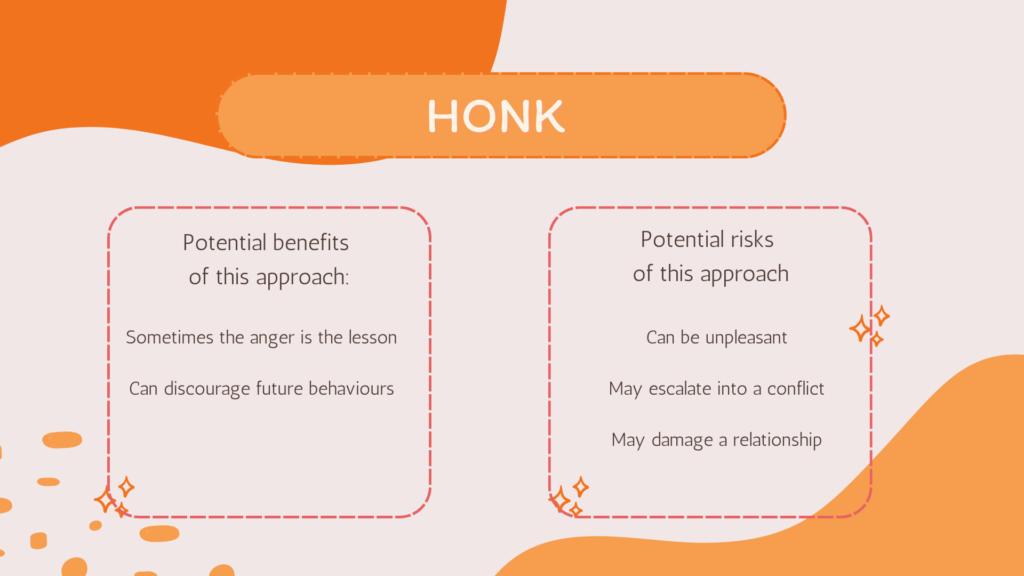Written By Courtenay Vickers
Time to read: 5 minutes
As a dietitian focusing on eating disorder care, I’ve worked with individuals with many different challenges with food. And a common theme we focus on, especially early on in our nutrition counselling together, is this idea of structured eating.
If you’ve ever struggled with disordered eating, an eating disorder, or years of dieting, you know that hunger and fullness cues can become unreliable. Maybe you’re not sure when you’re hungry, or you wait until you’re starving, which can sometimes lead to overeating or binge eating. Sometimes those cues are absent completely, making it difficult to eat anything. Other factors like gastrointestinal issues, medications, low mood, and more can greatly impact our ability to tune into our body and know how to feed it. This is where structured eating comes in.
Also known as scheduled eating, mechanical eating, or nutrition rehabilitation, structured eating helps to support regular eating patterns to meet your body’s nutritional needs (even when you’re unsure of your hunger and fullness signals).
Why Structured Eating?
This is my favourite analogy: think of structured eating like a cast on a broken arm. When your body is healing, you need extra support to keep everything in place. Over time, the cast comes off, and in time, you may start to use your arm more intuitively again. The same is true for your eating habits. When you’ve been struggling with an eating disorder of any kind or even chronic dieting, we’re probably going to need some sort of structure to support you nutritionally while you are working on healing your relationship with food and body. Structured eating provides the foundation you need while you heal, helping you establish a rhythm of consistent meals and snacks so that eventually, you can tune back into your body’s natural hunger and fullness cues.
The Basics of Structured Eating
Structured eating doesn’t mean following rigid rules or feeling restricted. Instead, it’s about creating a pattern of eating that allows your body to trust that it will be fed regularly and adequately. Think of structured eating like a blueprint, or rough guideline to support regular eating for recovery. Some people may require more details with their structured eating plan, and for others, it will be more flexible. Here are the key elements I like to focus on with my clients:
- 3 meals a day
Aim for three meals, or “eating moments”, every day. For some, this might look like breakfast, lunch, and dinner. Focusing on getting at least 3 eating moments can help anchor your day and give your body regular fuel. - 2 – 3 snacks a day
Include smaller eating moments between your main meals. These snacks help keep your energy stable and prevent feeling overly hungry by mealtime. Snacks can help sustain you and keep blood sugar levels more stable between meals. - Include 3 or more food groups at meals
Generally, a meal should have representation from several different food groups in order to provide us with a combination of carbohydrates, protein and fat (our three macronutrients). Try to include at least three different food groups at each meal (or larger eating moment). - Aim to eat roughly every 3 hours
All human bodies will do best when fed regularly and adequately. Consider the timing of when you eat, aiming not to go beyond 3 hours between eating moments. It is absolutely okay to eat more often than this if that’s what you body needs and wants. Going many hours between eating can be harder physically on the body, and can negatively impact things like mood, blood sugar levels, energy, and sometimes perpetuate disordered eating behaviours.
Getting Started with Structured Eating
Starting structured eating can feel like a big change, especially if you’ve been stuck in a cycle of restriction or binge eating. Here are a few gentle tips to ease into it:
- Start small
You don’t have to change everything at once. Pick one aspect to focus on at a time, such as aiming to eat 3 times/day. Once that feels comfortable, add in snacks and consider the timing. - Set reminders
It’s easy to forget to eat, especially if you’re used to skipping meals. Set alarms or reminders on your phone to help keep you on track with regular eating times. - Plan ahead
You don’t need an elaborate meal plan, but having a list of go-to meals and snacks can make eating regularly much easier. Keep it simple and focus on what feels doable for you. - Track your progress
Notice how you feel as you start to establish these regular eating habits. Are you more energized? Less likely to binge? If you miss a meal or snack, or have a binge, this doesn’t take away the fact that you are taking steps forward with your recovery. Healing is a process (and not a linear one at that). It’s often about baby steps! - Be kind to yourself
If things don’t go perfectly, that’s okay! Self-compassion is HUGE when working on your nutrition for recovery. - Get support
Structured eating is a powerful tool, but sometimes having guidance from a trusted support can be help. Working with a dietitian or healthcare provider can make the process easier and give you the support you need.
Remember: Food Has No Morality
One of the most important things to understand is that food has no moral value. There are no “good” or “bad” foods. Whether it’s kale or a cupcake, there is nutrition to be had and it doesn’t define your worth. Every food has its place, and structured eating helps you embrace a diverse range of foods with less guilt and more confidence that you are giving your body what it needs.
What would it be like to start working on implementing structured eating today?



